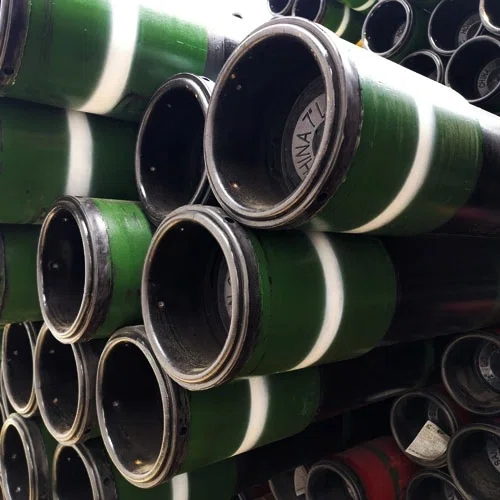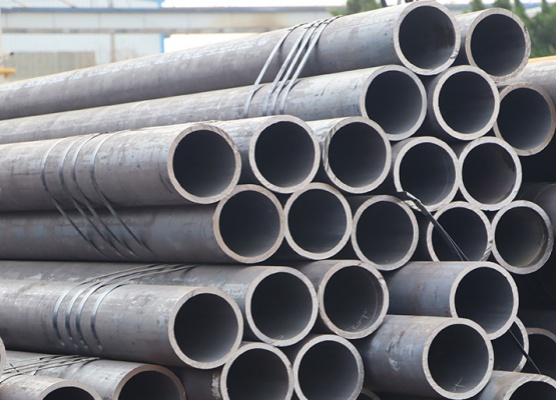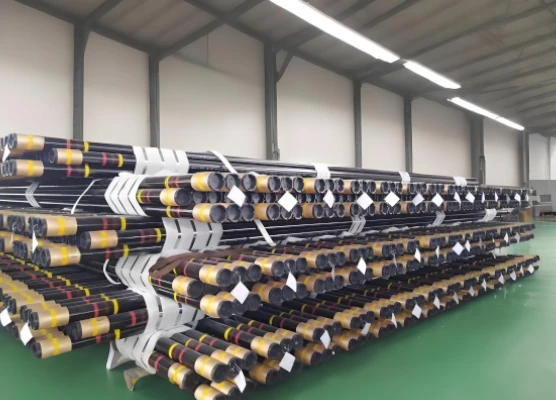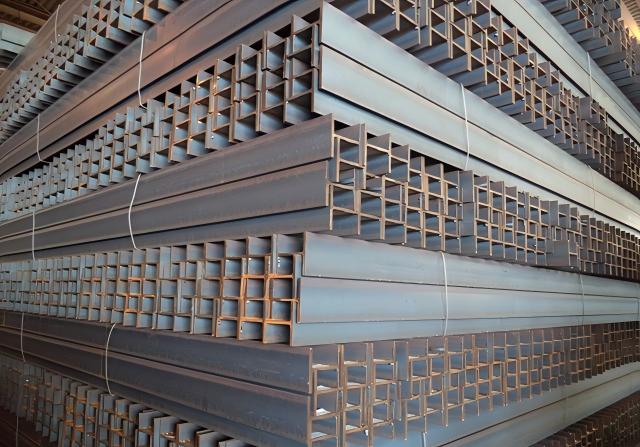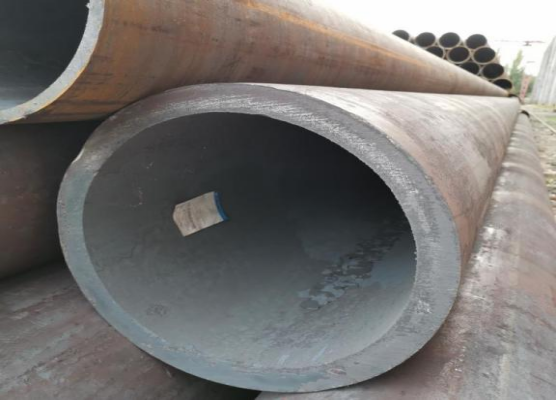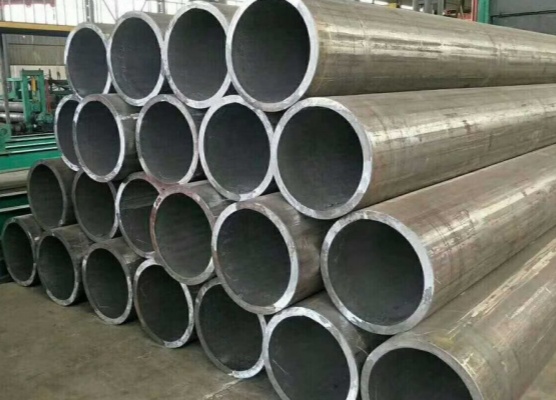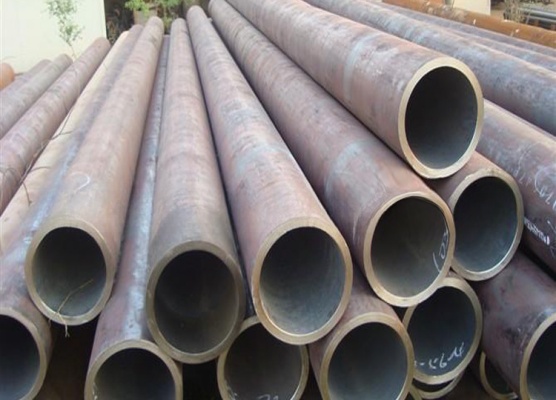Seamless steel pipes are governed by key international standards tailored to their applications. API 5L specifies requirements for pipeline transportation, while API 5CT covers casing and tubing for oil and gas wells. ASTM A106/A53 is widely used for general and high-temperature service piping. For pressure equipment, EN 10216-2 offers rigorous specifications, particularly in European markets. These standards ensure performance in critical environments like energy, petrochemical, and power generation industries.
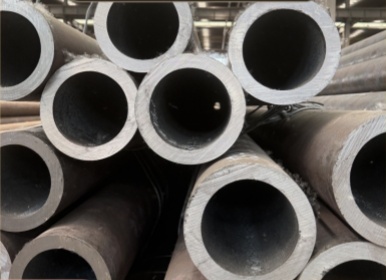
| International Standard
| |||
| Standard System | Standard Designation | Key Characteristics | Primary Application Fields |
| API | API 5CT | *Has special requirements for collapse resistance, internal pressure resistance, and threaded connection sealing performance | Casing(reinforcing the wellbore)and Tubing in oil and natural gas drilling |
| API 5L | *Designed for long-distance transmission, extremely emphasizes weldability, low-temperature toughness, and resistance to brittle fracture | Long-distance transmission pipelines for oil and natural gas | |
| ASTM | ASTM A106/A53 | *The most globally accepted carbon steel pipe standard *Chemical composition requirements are relatively lenient | Boilers, superheaters, process piping in petrochemical plants, utility piping systems |
| ASTM A335 | *Key evaluation criteria are high-temperature tensile strength and creep limit | Superheaters, reheaters, high-temperature/high-pressure piping in petrochemical plants | |
| ASTM A213 | *typically refers to small-diameter boiler/heat exchanger tubes *Requires very high surface quality (internal/external) and dimensional precision | Superheater and reheater tubes in boilers, heat exchanger tubes | |
| ASTM A519 | *Designed specifically for mechanical machining; chemical composition ranges are wider to accommodate heat treatment | Mechanical components requiring machining/heat treatment: automotive drive shafts, hydraulic cylinder barrels, bearing sleeves | |
| EN | EN 10216-2 | *Technically rigorous system, closely aligned with the European Pressure Equipment Directive (PED) *Explicitly specifies yield strength at room temperature and elevated temperatures | Pressure equipment such as power station boilers, petrochemical equipment, pressure vessels |
| JIS | JIS G 3454 | *Commonly used in Japan and projects influenced by Japanese investment. | Mechanical structures, factory piping |
| DIN | 17175 | *Traditional German standard known for high technical requirements, focusing on high-temperature performance *Largely superseded by the EN 10216 series, but the grade designations remain widely used in the industry | Heat-resistant components |





